DARWIN, Australia — The U.S., Australia and Japan agreed to broaden a series of drills and trainings Sunday — the next step in preparing their militaries to work together in a time of crisis.
To announce the changes, the three countries’ top defense official gathered at a base in Darwin, which sits on Australia’s northern coast and, in a sign of how much their relationship has grown, was once bombed heavily by Japan during the second world war.
A group of U.S. Marines have rotated through the site for almost 15 years, and it’s since become a symbol of Washington and Canberra’s military ties.
Those two countries are now expanding the clique to include Japan.
Starting next year, Tokyo will send a brigade to train with the Australian and American militaries. The first of these exercises will be Talisman Sabre held farther west in Queensland in 2025, though Japan said it would also play a larger role in other drills — building up to a live-fire version of the exercise in 2027.
Australia, meanwhile, committed to the same in exercises held in Japan.
The upshot is that the drills will no longer act as a straight line, connecting two militaries. They’ll now look more like a triangle, helping each country learn each other’s habits, language and equipment.
The teaming could help in the event of a crisis, whether from a natural disaster or conflict with America’s top rival, China. In particular, a U.S. defense official said, Japan and Australia will learn from American Marines on how to fight in littorals. These shallow-water environments resemble Taiwan and the South China Sea, where China has grown more aggressive in recent years.
And in the case of Japan and Australia, the exercises will involve two of the region’s most powerful and growing militaries. In the last two years each country has pledged to increase defense spending and buy more advanced weapons. The change has been especially stark in Japan, whose pacifist constitution still restricts the heft of its armed forces.
Partnering U.S. allies in the region in new ways has been a hallmark of the Biden Pentagon’s approach to the Indo-Pacific. For almost 70 years, the U.S. interacted with other countries like the hub and spokes of a bike wheel: each had a relationship with America, but not each other.
That model is changing as the U.S. — and a more threatening China — has encouraged such countries to work together. After the reelection of Donald Trump in November, it’s also a sign of American allies clinging to each other amid uncertainty in Washington.
Two years ago, Australia and Japan signed a deal that allows their militaries to access each other’s territory. In 2026, Japan may deploy its advanced F-35 fighters to Australia during exercise Pitch Black, its defense minister said Sunday. And the two are also building weapons together, with Japan interested in the second pillar of AUKUS, a submarine pact between the U.S., U.K. and Australia that includes development of advanced technology.
U.S. Secretary of Defense Lloyd Austin is on his last official trip to the Indo-Pacific. While there, he’s trying to reassure his counterparts that Washington won’t veer from its commitments despite the change in administration.
In part to make the U.S., Japan and Australia relationship more durable, the three countries agreed to a more formal schedule of meetings for their top defense officials. It’s a similar structure to what the U.S. has built with Japan and South Korea, two historic rivals, over the last two years.
“There’s an enormous strategic benefit in us working more closely together,” Richard Marles, Australia’s deputy prime minister and defense minister, said in a briefing here.
Concerning for allies in the region, though, is the chance America doesn’t follow what they see as its strategic interest. Trump’s nominee to replace Austin is Pete Hegseth, a military veteran and Fox News host with no Washington experience.
When asked whether he was confident in Hegseth’s ability, Marles argued just that.
“I approach the prospect of getting to know Pete Hegseth and working with him with enormous optimism,” he said.
Noah Robertson is the Pentagon reporter at Defense News. He previously covered national security for the Christian Science Monitor. He holds a bachelor’s degree in English and government from the College of William & Mary in his hometown of Williamsburg, Virginia.
Read the full article here

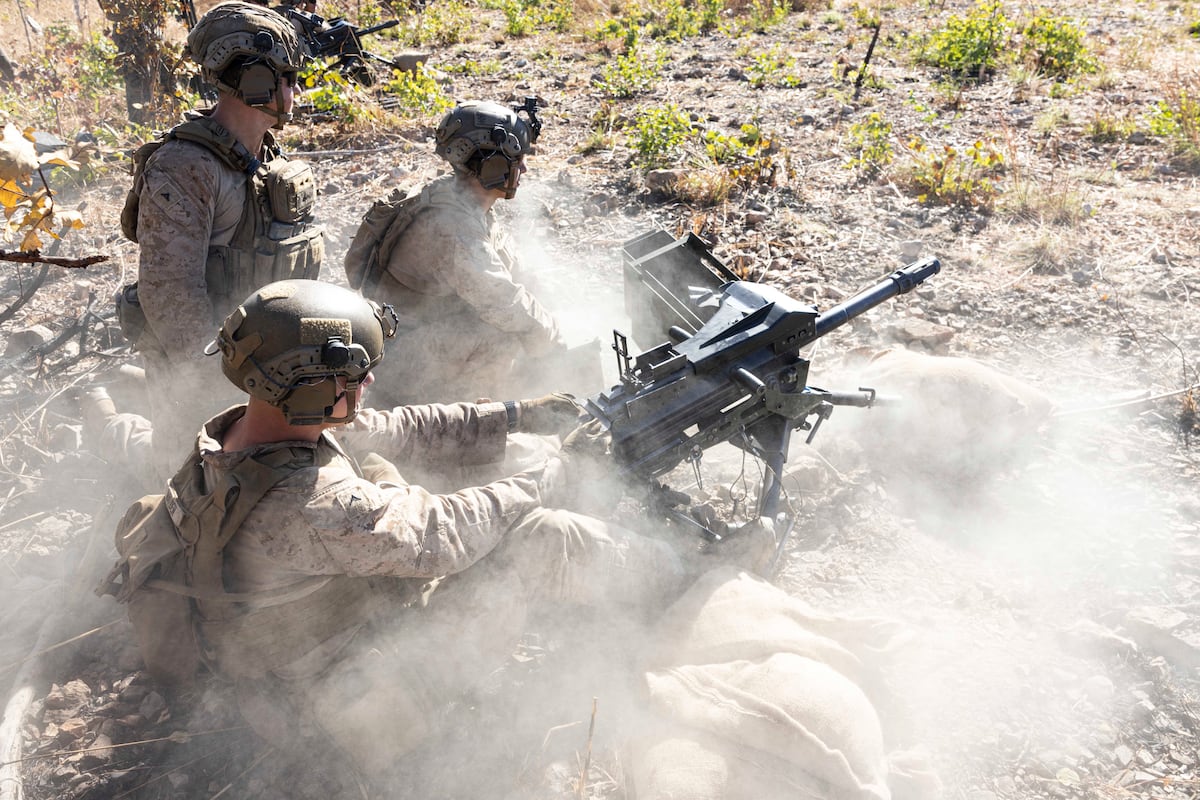
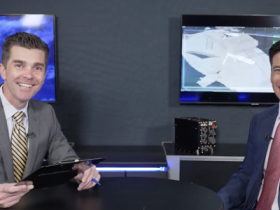

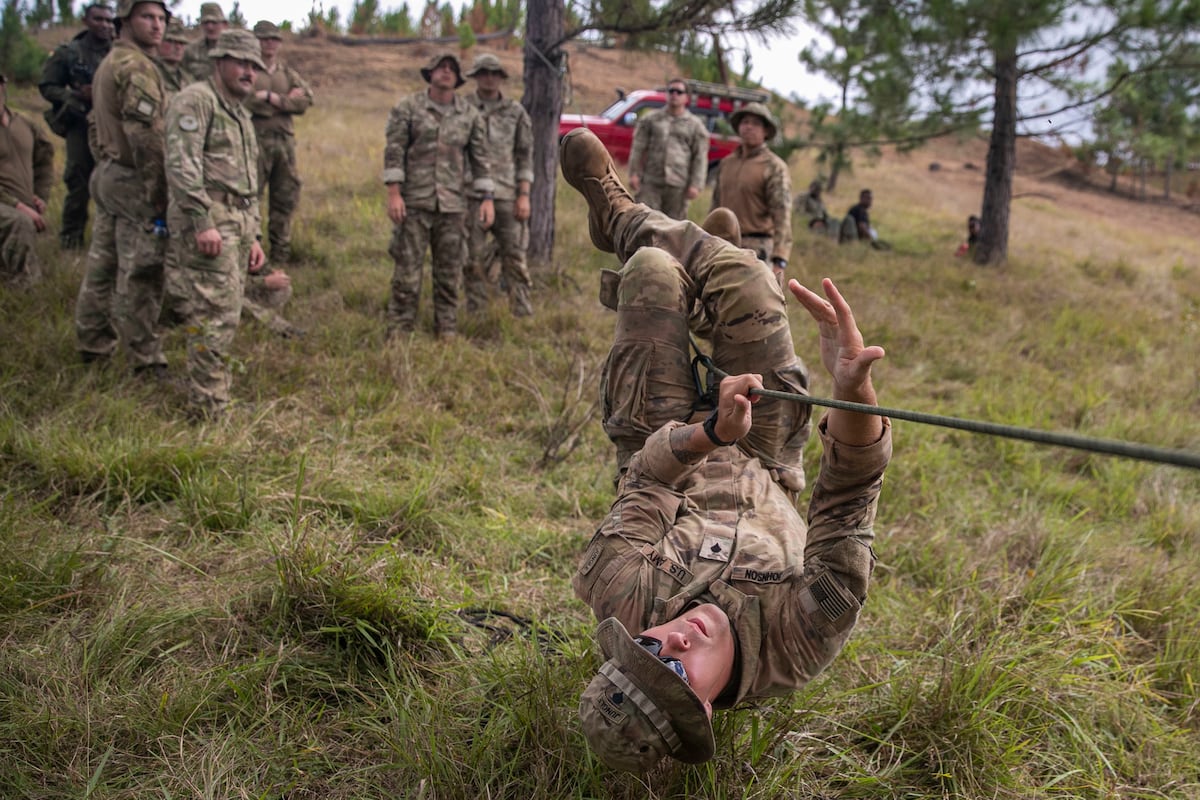
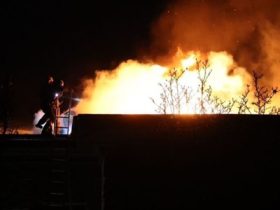
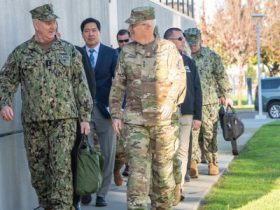
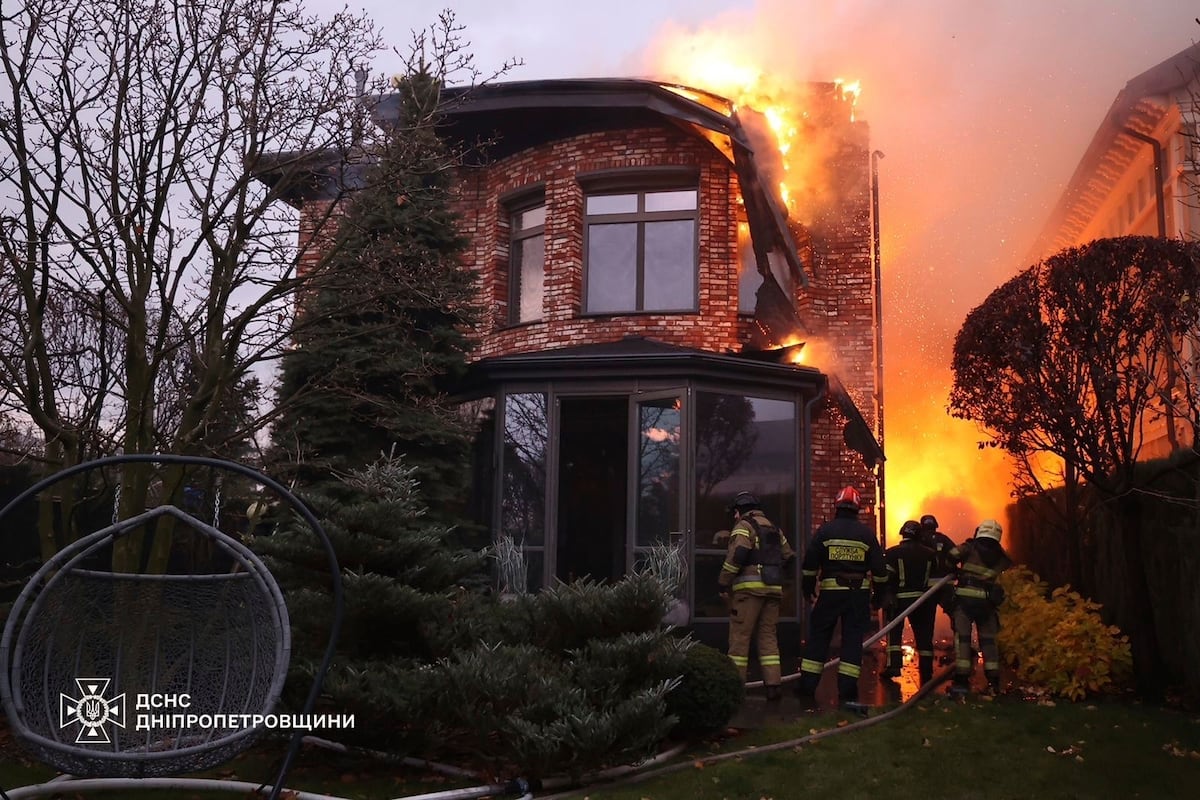
Leave a Reply